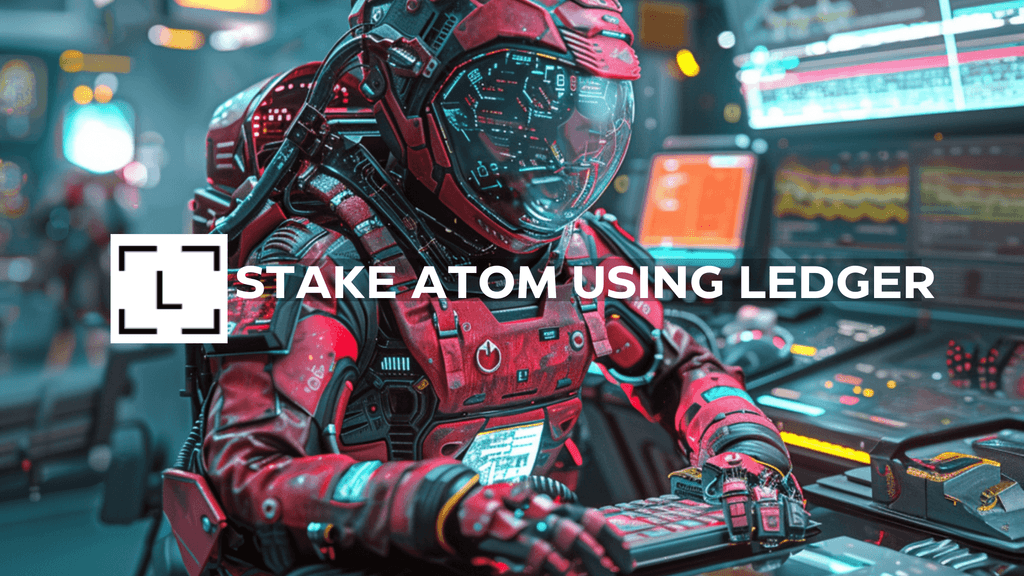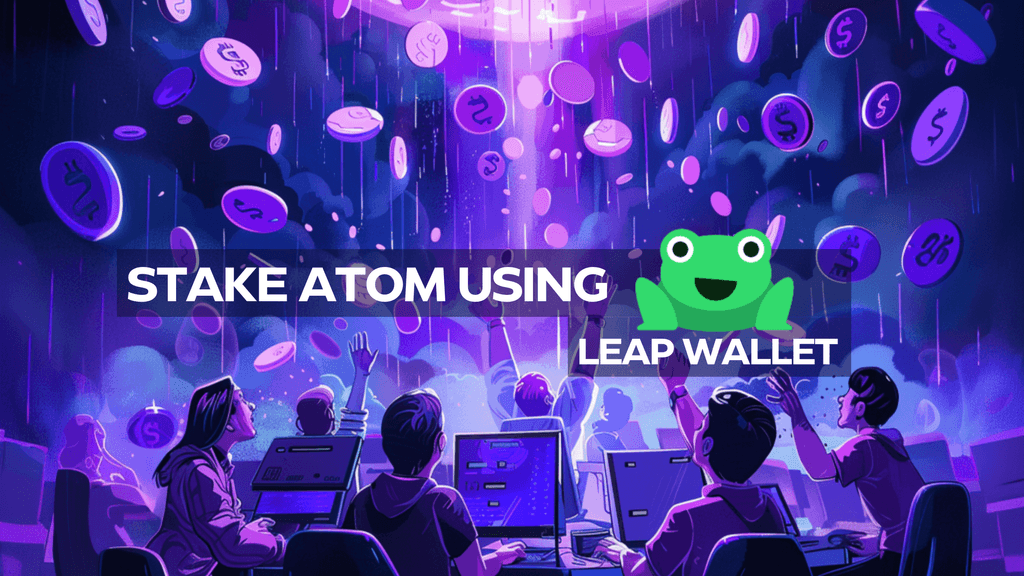Written by: @Orageux101
Synopsis:
The ATOM Economic Zone is an ecosystem of blockchains and dApps that bring direct value to Cosmos Hub. The core of the ATOM Economic Zone is the ATOM Security Zone which comprises blockchains and dApps that are secured by the economic security of Cosmos Hub through interchain security.
Blockchains that use interchain security, known as consumer chains, have negotiated deals that transfer a percentage of their revenue in exchange for the security provided by Cosmos Hub.
What is Interchain Security?
The Cosmos SDK has given rise to many sovereign appchains. However, these sovereign appchains have often faced material economic challenges.
Appchains have needed to bootstrap a decentralised validator set and ensure that stake is not heavily concentrated within a small number of validators. They also need to incentivise tokenholders to stake value which increases the amount of value a malicious actor would require to attack the appchain. This has led to large inflationary emissions that have created material supply-side pressure on tokens.
However, not every application needs a token! Nor does every appchain want to have to shape its design around being a staking token! Enter Interchain Security.
Interchain security will allow developers to launch an appchain that will be secured by the validator set of the Cosmos Hub. These appchains are known as consumer chains.
At present, interchain security only is available in the form of replicated security, a model which requires the entire validator set of Cosmos Hub to validate the consumer chain. This offers maximal security but is also expensive by needing all 180 validators to incur costs for the consumer chain.
There is currently research being done on opt-in security. This will allow validators of Cosmos Hub to choose whether or not they want to validate a consumer chain. By giving validators the choice of opting in, consumer chains can create leaner incentivisation packages to garner support from Cosmos Hub while they initially launch and begin to scale up. However, this model is vulnerable to an attack where a malicious subset of validators could validate a consumer chain and take control of the chain. Once an agreed-upon design choice is found, we can expect to see this model in Cosmos which will help rapidly grow the ATOM Economic Zone!
What are the benefits of interchain security?
As mentioned above, the most important benefit of interchain security is that it lets consumer chains rapidly bootstrap with the economic security of Cosmos Hub. Purely from a trust perspective, high-value users may be more inclined to trust a blockchain with a considerably higher economic budget.
There are also other indirect benefits that consumer chains gain by using interchain security. These blockchains automatically form the core part of the ATOM Economic Zone and have the greatest alignment with Cosmos Hub. This has meant that these chains have very quickly found favour within the community seeing rapidly growing liquidity on their chains and has also meant they have been able to get favourable deals with Cosmos Hub’s community pool for liquidity deals.
Cosmos Hub, a hub in name, or a true hub?
The logical question after reading this is why can’t any blockchain implement interchain security to allow differentiated products to exist within their ecosystem or to provide successful products with their own blockspace? They can! However, there’s a reason why Cosmos Hub is suited for being a provider chain. These include:
- A minimalist blockchain that is less vulnerable to complexities that may give rise to downtime
- A large amount of value staked providing a large economic budget to secure the consumer chain
There are less than a handful of blockchains in the entire cryptocurrency space that fit these criteria as well as Cosmos Hub.
What consumer chains are currently on Mainnet?
Today, two consumer chains are leveraging the economic security of Cosmos Hub. Their agreements with Cosmos Hub have been constructed as follows:
Stride:
- Stakers on Cosmos Hub would earn 15% of liquid staking rewards, $STRD inflationary staking rewards, MEV revenue and transaction fees
- Cosmos Hub would share 450,000 ATOM, to be provided to a stATOM/ATOM liquidity pool on Astroport’s Neutron deployment
Neutron:
- Stakers on Cosmos Hub would earn 25% of MEV revenue and transaction fees
- Cosmos Hub’s community pool also received all unclaimed $NTRN from the Neutron airdrop
As we can see, Cosmos Hub has been able to negotiate positive deals for consumer chains by allowing them to gain access to a significantly large security budget which has also been mutually beneficial for stakeholders of Cosmos Hub.
What comes next?
In honour of all of the crypto researchers of the past, what comes next? I say a Cambrian explosion!
We have seen that blockchains in the Cosmos ecosystem have wanted to align with Cosmos Hub quite intimately. Prior to interchain security, blockchains competed with each other in currying Cosmos Hub’s favour through social alignment and airdrops.
The ATOM Economic Zone refers to the start of a more structured hierarchy that will begin to define who is providing Cosmos Hub with the most value. I predict that we will see many new blockchains use interchain security to be more attractive to the Hub relative to incumbents. I think that this will also translate into many incumbents choosing to transition to interchain security in a bid to remain competitive.



